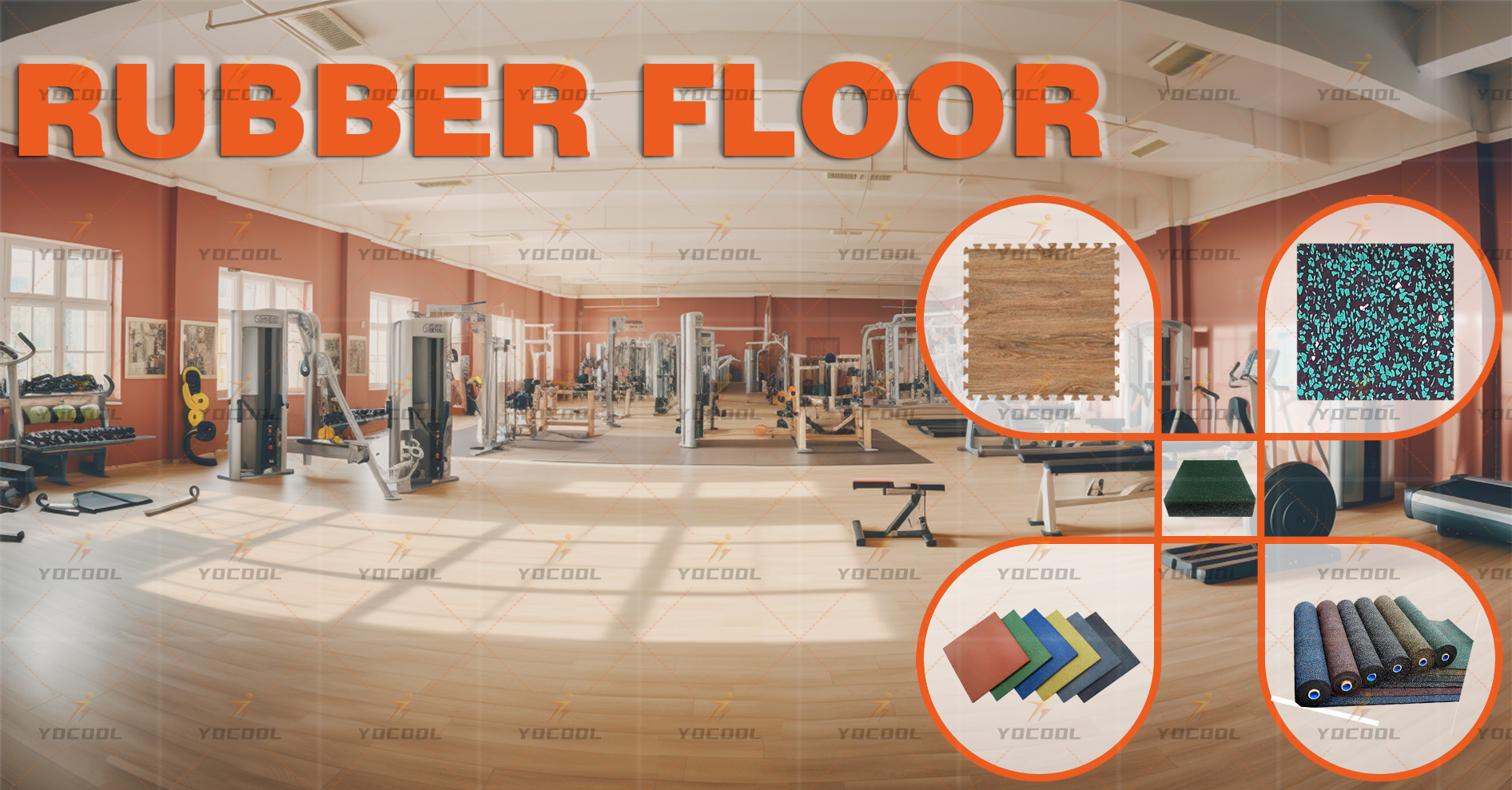

The Rise of Padel Tennis A Manufacturer's Perspective
In recent years, padel tennis has surged in popularity around the globe, captivating enthusiasts and sporting communities alike. As a unique blend of traditional tennis and squash, padel has established itself as a go-to racquet sport, particularly in Spain and Latin America, and is now making significant inroads in countries like the United States, France, and Sweden. As the demand for this dynamic sport continues to rise, manufacturers of padel tennis equipment are presented with unique opportunities and challenges in catering to a growing market.
Understanding Padel Tennis
Padel tennis is played on a smaller, enclosed court, which is roughly one-third the size of a traditional tennis court. The rules are similar to tennis—players serve and rally—but the game incorporates walls into the play area, allowing the ball to bounce off them, akin to squash. This unique characteristic makes padel a fast-paced sport that emphasizes strategy, teamwork, and skill. The social aspect, often played in doubles, adds to its appeal, making it a popular choice among friends and families.
The Market Dynamics
The growing interest in padel tennis has sparked a corresponding boom in the market for equipment and facilities. Manufacturers are increasingly focusing on producing high-quality paddles, balls, and court components to meet the demands of both amateur and professional players. This growth has been fueled by several factors, including the sport's accessibility, ease of learning, and the minimal space required to set up a court compared to traditional tennis.
Crafting Quality Padel Equipment
For manufacturers, producing high-quality padel equipment means focusing on innovation and performance. Padel rackets, or paddles, are typically made from lightweight materials like carbon fiber, fiberglass, and EVA foam, which provide durability while enhancing the players' control and power. Manufacturers are experimenting with various designs, grip sizes, and surface textures to cater to different playing styles and preferences.
Moreover, padel balls are designed with specific properties that distinguish them from tennis balls. They have a reduced bounce, which is vital for the dynamics of play in enclosed courts. Understanding these specifics allows manufacturers to create products that enhance the overall playing experience.
Facility Development Building Padel Courts

While paddles and balls are crucial, the infrastructure supporting padel tennis is equally important. Many manufacturers are now offering solutions for padel court construction, recognizing the need for high-quality courts as the sport proliferates. This includes investing in durable materials that withstand the elements, as well as considering factors like visibility and spectator comfort.
Collaboration with architects and sports facility developers is essential for creating courts that not only meet international standards but also provide an enjoyable environment for players. This holistic approach ensures that manufacturers can support the sport's growth from the ground up.
Marketing and Promoting Padel
As padel tennis continues to grow, effective marketing becomes vital for manufacturers looking to establish themselves in this burgeoning sector. Engaging with local clubs, sponsoring tournaments, and organizing events are critical strategies to promote padel. Social media campaigns and influencer partnerships can also help raise awareness and generate excitement about the sport and the equipment available.
Moreover, educating potential players about the health benefits of padel—such as improved cardiovascular fitness, coordination, and mental agility—can drive greater interest and participation.
Sustainability in Manufacturing
As with many industries, sustainability is becoming an increasingly important consideration for manufacturers. Employing eco-friendly materials, exploring sustainable production practices, and promoting the longevity of products are steps manufacturers can take to reduce their environmental impact. This not only appeals to environmentally conscious consumers but also sets a standard for responsible business practices in the sports industry.
Conclusion
As padel tennis continues to rise as a popular sport worldwide, the role of manufacturers becomes ever more significant. By focusing on quality, facility development, effective marketing, and sustainability, manufacturers can help shape the future of padel tennis. The sport’s unique blend of social engagement, accessibility, and excitement makes it an attractive option for players of all ages, ensuring its continued growth and success. For manufacturers, the challenge lies in leveraging this momentum while creating innovative solutions that enhance the player experience and promote the growth of this thrilling sport.
High-Performance Industrial Flooring Solutions China Paddle Tennis Court for Sale
High-Performance Industrial Flooring Solutions Durable & Cost-Effective
Homogeneous Transparent Floor – Durable & Stylish Rubber Floor Solutions
Premium Homogeneous Transparent Floor for Durable & Stylish Spaces Rubber Floor Solutions
Premium Sports Floor Solutions Durable PVC Sports Floor & Rubber Floor for Gyms
Durable Rubber Composite Floor Premium Rubber Floor & Mats Solutions